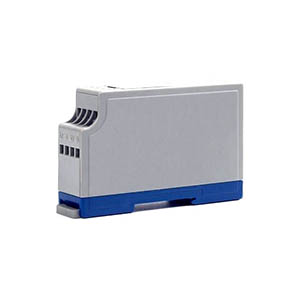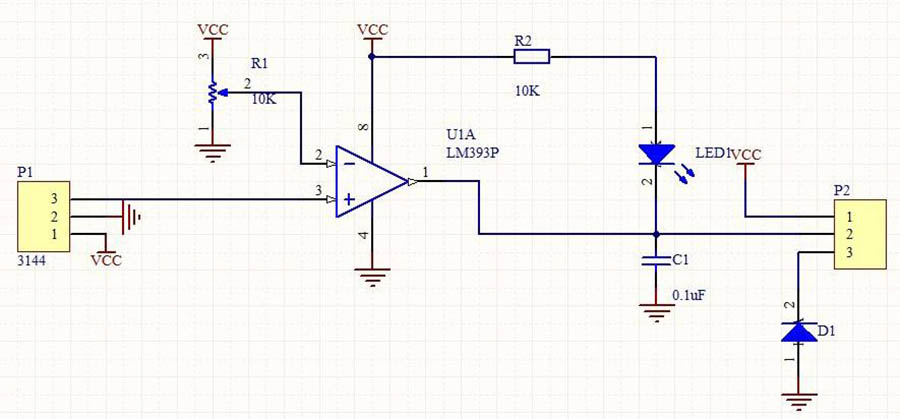Voltage Sensor: How it Works?
A voltage sensor is a sensor that is used to calculate and monitor the amount of voltage in an object and to feel the measured voltage. And it can convert voltage into output signal. There are two main types of voltage sensors: capacitive voltage sensors and resistive voltage sensors.
In various automatic detection and control systems, we need to track and collect high-speedchanging AC and DC voltage signals. For more complex voltage waveforms, we need to do spectrum analysis. Such signals may be strong currents such as high voltages and large currents, or weak currents with poor load capacity or signals with small amplitudes. In these cases, it is necessary to use a suitable voltage sensor to collect the voltage signal that cannot be directly measured or does not match, so as to obtain a standardized, electrically isolated voltage signal.
Voltage sensors can determine AC voltage or DC voltage. The input to a voltage sensor is the voltage itself, and the output can be an analog voltage signal, switch, audible signal, analog current level, frequency, or even a FM output. That is to say, some voltage sensors can provide sinusoidal or pulse trains as output, and others can produce amplitude modulated, pulse width modulated or frequency modulated outputs.
Working Principle
For AC voltage measurement, a voltage transformer can be used as a sensing element, which means a voltage transformer is used to reduce the measured voltage to a usable low voltage, and then converted into a DC voltage that has a linear relationship with the measured voltage by the relevant circuit into the data acquisition system and A/D converter.
When the measured voltage is a DC voltage, it can use resistor as a sensing element, and the resistance value connected in parallel at both ends of the measured element should be large enough (generally, the power consumption should be controlled to be less than 1/1000 of the rated power of the measured motor), to minimize the influence of the loss generated by the loop current on the measured value.
For low-voltage motors, it should be about 10KΩ. Take a part of the voltage drop of the measured voltage on the resistance as a signal, and directly send it to the data acquisition system and A/D converter.

Hall Effect
Today, the Hall voltage sensor is a widely used voltage sensor. The Hall voltage sensor is actually a special kind of Hall closed-loop current sensor with multiple turns on the primary side. The Hall Effect is widely used in Hall voltage sensors. There is a Hall semiconductor chip in the magnetic field, where a constant current I passes from A to B. Under the action of the Lorentz force, the electron flow I is shifted to one side when passing through the Hall semiconductor, causing the sheet to generate a potential voltage position difference in the CD direction, which is the so-called Hall voltage.
The primary voltage limits the current to 10mA through an external or built-in resistor. After the current passes through the multi-turn winding, the magnetic field generated by the primary current is detected by the Hall element in the air gap through the material that can gather the electromagnetic force, and the corresponding electromotive force is induced. The electromotive force is adjusted by the circuit and fed back to the compensation coil for compensation. The magnetic flux generated by the compensation coil is equal in magnitude and opposite in the direction of that in primary current (the measured voltage is generated by the current limiting resistor), thereby keeping the magnetic flux zero in the magnetic core.
Application Range
Voltage sensors are widely used in the following fields.
- Measurement field: It can be used to measure magnetic field, current, displacement, pressure, vibration, speed, etc.
- Communication field: It can be used in amplifiers, oscillators, phase-sensitive detection, frequency mixing, frequency division, and microwave power measurement.
- The field of automation technology: it can be used in brushless DC motors, speed sensing, position sensing, automatic counting, proximity swhowitches, etc.

